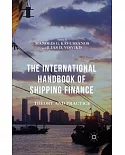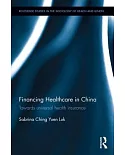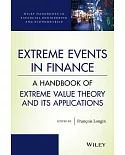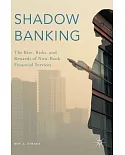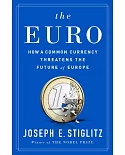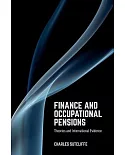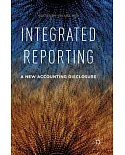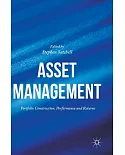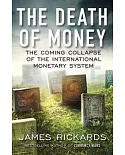East Asian countries were notably uninterested in regional monetary integration until the late 1990s, when the Asian financial crisis revealed the fragility of the region's exchange rate
arrangements and highlighted the need for a stronger regional financial architecture. Since then, the countries of East Asia have begun taking steps to explore monetary and financial
cooperation, establishing such initiatives as regular consultations among finance ministers and central bank governors and the pooling of foreign exchange reserves. In this book, Ulrich Volz
investigates the prospects for monetary cooperation and integration in East Asia, using state-of-the-art theoretical and empirical tools to analyze the most promising policy options.
Volz points out that monetary cooperation can be defined broadly to include options ranging from informal policy consultations to European-style monetary union. He recommends a gradual approach
toward monetary integration in East Asia, one that pursues less extensive forms of monetary cooperation before tackling such highly challenging projects as a regional exchange rate system or a
regional monetary union. The simpler, less demanding forms of policy coordination would, Volz argues, allow East Asian countries to develop an integrationist spirit and gain experience in
cooperation. Monetary integration is not an end in itself, Volz reminds us, but a means to promote economic and financial development and create a stable macroeconomic environment that is
conducive to investment and growth.
After providing an in-depth analysis of the costs and benefits of monetary integration, Volz examines different options for East Asian countries. He then proposes a strategy whereby countries
first opt for a managed float of exchange rates guided by a regional currency basket into which an "Asian currency unit" is introduced as a virtual parallel currency to circulate alongside
national currencies.


